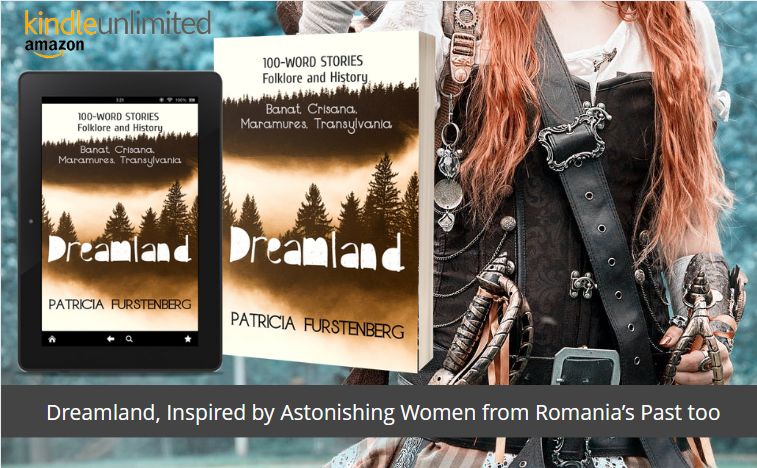It is here, between the spiraling leaves, Autumn’s crimson battle and a Ferrari!
It has been a long, crimson battle for the shaggy warrior, but he won it. Nevertheless, the carmine bodies of his opponents, the Autumn’s subjects, littered the ground.

Drenched in memories of bloody battlefields, sentencing childbirths and sin, Crimson sank at Autumn’s feet. Hand picked by Her and entrusted with her most prized possession, her leaves, Crimson now looks up, in the symphony of life.

Never have the carmine or crimson colors been happier as this Autumn!

Above, russet leaves, hushed tones, their veins facing the road, trembling in anticipation. In a tornado of horse power and diesel a Ferrari flashed by, crimson, as if pulled by the ray of sun caught in its glass.
And leaves, like paparazzi, followed.

Dating back to Roman times and the Middle Ages when it was accepted as payment, the crimson or carmine dye was first made from the body of the female kermes (Atabic qirmiz), a tiny red insect.
Carmine pigment is not very stable unless it is stored in dry place and it fades even under incandescent illumination.
Kermes (carmine) is mentioned in the Old Testament and it was used in the Americas for dyeing textiles as early as 700 B.C.
Example of carmine used in art:

Titian depicts the biblical scene (John 20:17) where Mary Magdalene recognizes Christ after his Resurrection. Christ comforts Magdalen but asks her not to touch him as he will ascend to Heaven soon. Noli me tangere is Latin for “let no one touch me.”
Do return to my blog for more colors and seasons. You can subscribe to my newsletter and never miss a post.
You might enjoy:


